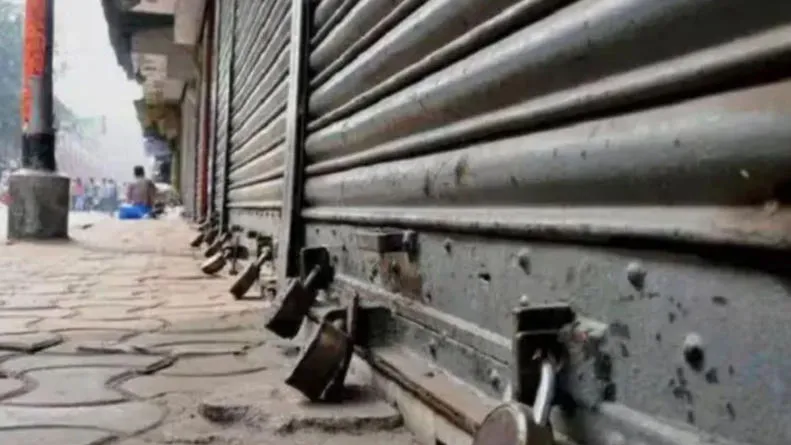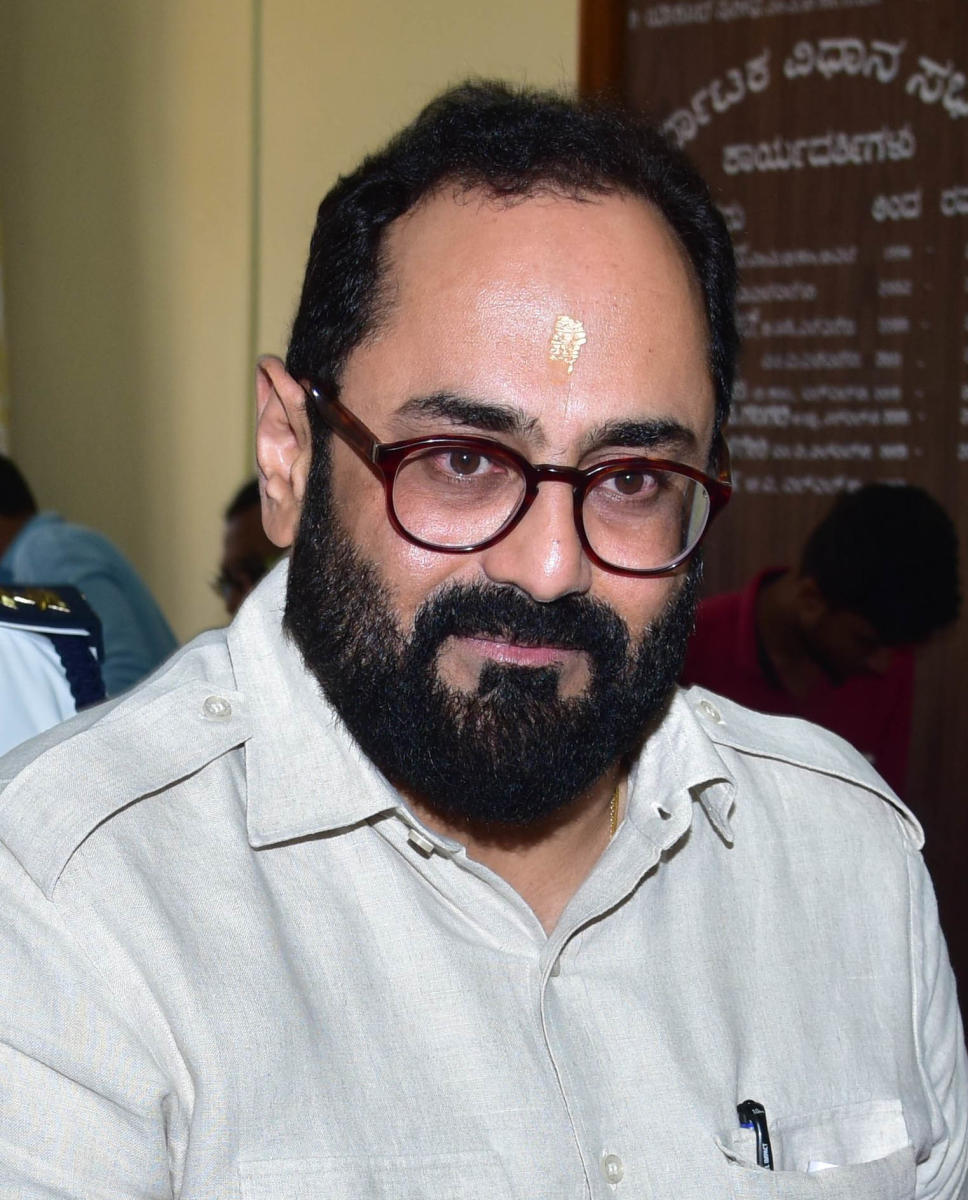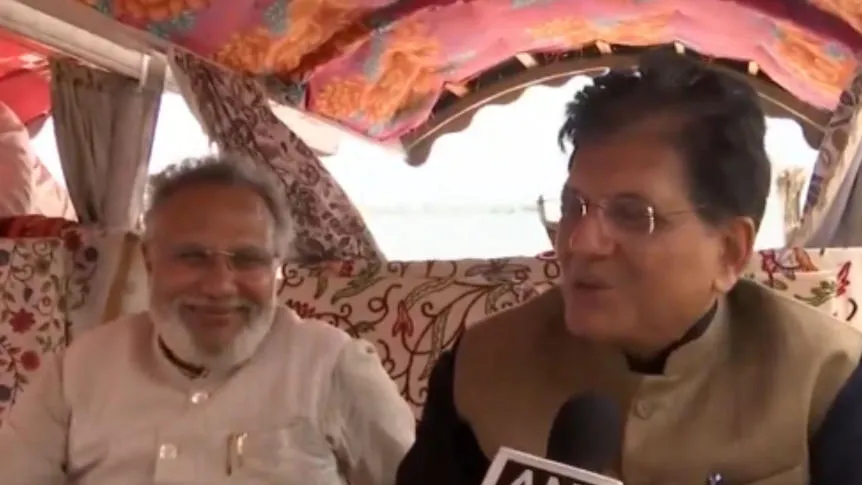Rajasthan govt launched the campaign to revive water bodies, tackling severe groundwater crisis statewide.
JAIPUR: The Bhajan Lal Sharma-led government in Rajasthan has been in office for over a year and a half, and during this time, it has taken several major decisions. However, what truly stands out is that Chief Minister Bhajan Lal Sharma has understood the sentiments of the people of Rajasthan by launching a significant initiative—the ‘Vande Ganga Water Conservation Public Campaign’—to preserve water in the state.
This campaign, aimed at rejuvenating dried-up water sources, began at the historic Ramgarh Dam in Jaipur, where Sharma himself participated in shramdaan (voluntary labour) to kick off the effort. A crucial aspect of this initiative is the plan to link the Eastern Rajasthan Canal Project (ERCP)—which could prove to be a boon for Rajasthan—with the Ramgarh Dam.
The plan involves connecting it to the Isarda Dam to revive this once-thriving water body. Ramgarh Dam was once renowned for its natural beauty and utility. It provided drinking water to villages and hamlets spread over more than 800 square kilometres and supported irrigation for farmers. However, over time, encroachments in the dam’s catchment area increased, and people began to occupy the river streams that were its main water sources.
In 1981, Ramgarh Dam hosted the Asian Rowing Championships, putting it on the tourism map. But due to encroachments and neglect over the years, the dam has been reduced to a mere name in government records. Around 14 feet of silt has accumulated in the dam bed, destroying its original structure. Although previous governments attempted revival efforts, none succeeded. Now, Sharma has shown foresight by launching this campaign. He is not only monitoring progress but also visiting districts himself and assigning responsibilities to his ministers to ensure the effective implementation of water conservation efforts across the state.
Rajasthan is India’s largest state and is geographically located in an arid zone. A significant portion of it lies in the Thar Desert, where rainfall is extremely scarce. Rajasthan receives only 1.16% of the country’s surface water and 1.72% of its groundwater, despite being home to 5.67% of India’s population and covering 10.41% of the country’s land area. Groundwater has become the primary source of water supply in Rajasthan.
However, due to excessive exploitation, erratic and low rainfall, and a growing population, the groundwater table is steadily declining. Recognising this urgent crisis, the current government has made groundwater conservation a key priority. Due to the scarcity of surface water sources, there is a heavy reliance on groundwater in the state. Over-extraction has led to a continuous drop in water levels across various regions. This has not only worsened drinking water shortages but also severely affected agriculture.
Rapid population growth, agricultural expansion, increasing industrialisation, and urbanisation have caused a drastic rise in groundwater extraction. Data reveals the seriousness of the situation: according to the Central Ground Water Board, out of Rajasthan’s 302 blocks, 216 fall under the over-exploited (dark zone) category, 23 are critical, and 22 are semi-critical. Only 38 blocks (12.58%) are categorised as safe, while 3 blocks with saline groundwater were not assessed in the report. Back in 1984, when the first assessment of 236 blocks was done, 203 blocks were in the safe category and only 12 blocks were over-exploited.
This sharp deterioration highlights the gravity of the issue. To address this crisis, various groundwater conservation and replenishment measures are being implemented by both the state government and local communities. Among these, the Vande Ganga Jal Sanrakshan Jan Abhiyan, launched on June 5, 2025, by the Bhajan Lal government, is being regarded as a milestone initiative. Local villagers recall that in their childhood, the Ramgarh Dam used to be brimming with water, and the fields were lush and green because of it. But large farmhouses and encroachments by land mafias destroyed the dam’s flow area.
Now, this government initiative has rekindled hope among the people. Villagers believe that if water returns to the dam, it will not only benefit farmers but also create employment opportunities for the youth.





















